Did you know that luxury perfume sales surged by 12 percent in 2024? More people are searching for scents made with extraordinary ingredients that promise something far beyond the ordinary. Premium perfume components are known for their rarity, complexity, and unforgettable aroma. With each bottle, buyers are seeking unique stories and experiences crafted through expert sourcing and blending. Discover what sets truly premium ingredients apart and why they matter to fragrance lovers everywhere.
Key Takeaways
| Point | Details |
|---|---|
| Premium Ingredients Enhance Fragrance Value | Luxury perfume sales increased by 12% in 2024, indicating a growing consumer demand for high-quality scents. |
| Natural vs. Synthetic Ingredients | Perfumers are strategically blending natural and synthetic ingredients to create unique and sustainable fragrances. |
| Sourcing and Quality Control Are Crucial | The fragrance industry adheres to stringent sourcing and quality control standards to ensure safety and purity. |
| Craftsmanship Elevates Perfume Artistry | Slow fragrance movement emphasizes artistic expression and ethical ingredient sourcing over mass production. |
Table of Contents
- Defining Premium Ingredients In Perfumes
- Natural Vs. Synthetic Perfume Ingredients
- Sourcing And Quality Control Standards
- Craftsmanship And Ingredient Blending Techniques
- Benefits And Drawbacks Of Premium Materials
Defining Premium Ingredients in Perfumes
In the sophisticated world of fragrances, premium ingredients represent the pinnacle of aromatic excellence. These rare and meticulously sourced materials transform an ordinary perfume into an extraordinary sensory experience. According to recent market research, luxury perfume sales grew by 12% in 2024, signalling a robust consumer appetite for high-quality, distinctive scent compositions.
Premium ingredients are distinguished by several key characteristics:
- Exceptional rarity and scarcity
- Complex extraction methods
- Extraordinary sensory profiles
- Astronomical price points
Consider ingredients like oud, orris butter, and ambrette seeds - botanical treasures that can command prices up to USD 15,000 per kilogram. Read more about fragrance notes that elevate perfumes and discover the nuanced world of premium scent components. These ingredients are not merely additives but sophisticated aromatic molecules that tell complex olfactory stories.
Modern extraction technologies are revolutionising ingredient sourcing. Techniques like supercritical CO₂ extraction are enabling perfumers to produce high-purity, environmentally conscious raw materials. This technological evolution reflects an industry-wide commitment to sustainability, premium quality, and ethical sourcing - ensuring that each drop of perfume represents not just a scent, but a carefully crafted sensory masterpiece.
Natural vs. Synthetic Perfume Ingredients
The world of fragrance is a delicate dance between natural and synthetic ingredients, each bringing unique characteristics to the perfume creation process. According to recent research, these two ingredient categories represent fundamentally different approaches to crafting scent experiences, with nuanced trade-offs that fascinate perfume enthusiasts and industry professionals alike.
Natural ingredients are celebrated for their authenticity and emotional resonance. They offer:
- Genuine botanical complexity
- Rich, multidimensional sensory profiles
- Strong consumer perceptions of safety and sustainability
- Deep connections to traditional perfumery
Synthetic ingredients, by contrast, provide remarkable advantages. Learn more about fragrance composition techniques and explore how synthetic molecules revolutionize perfume creation. According to industry research, synthetic ingredients deliver key benefits such as:
- Consistent batch-to-batch quality
- Lower production costs
- Extended shelf life
- Creative freedom to develop novel scent profiles
- Reduced environmental pressure on rare natural resources
The choice between natural and synthetic isn’t binary but strategic. Modern perfumers increasingly blend both ingredient types, leveraging synthetic precision to enhance natural complexity. This approach allows for sustainable, innovative fragrances that respect traditional craft while embracing technological advancement - creating olfactory experiences that are both authentic and imaginative.
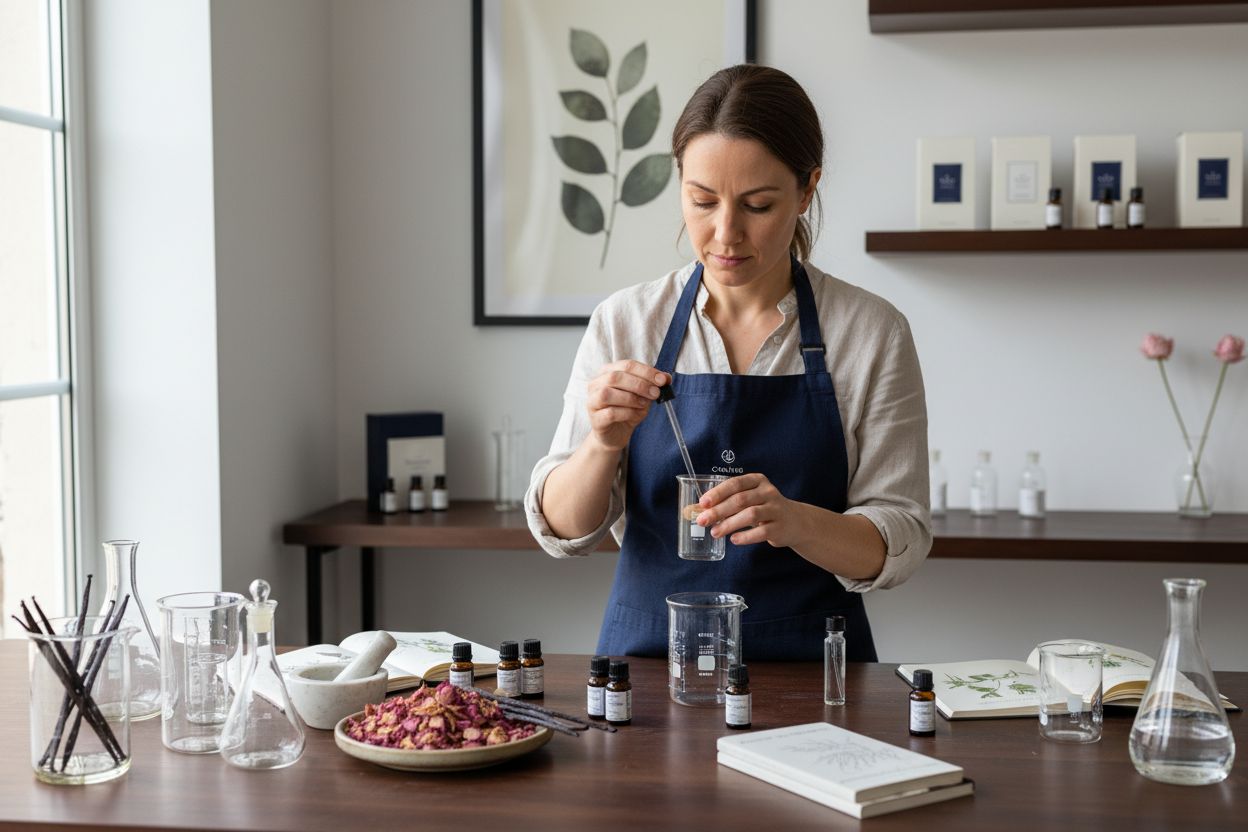
Here’s a comparison of natural and synthetic perfume ingredients:
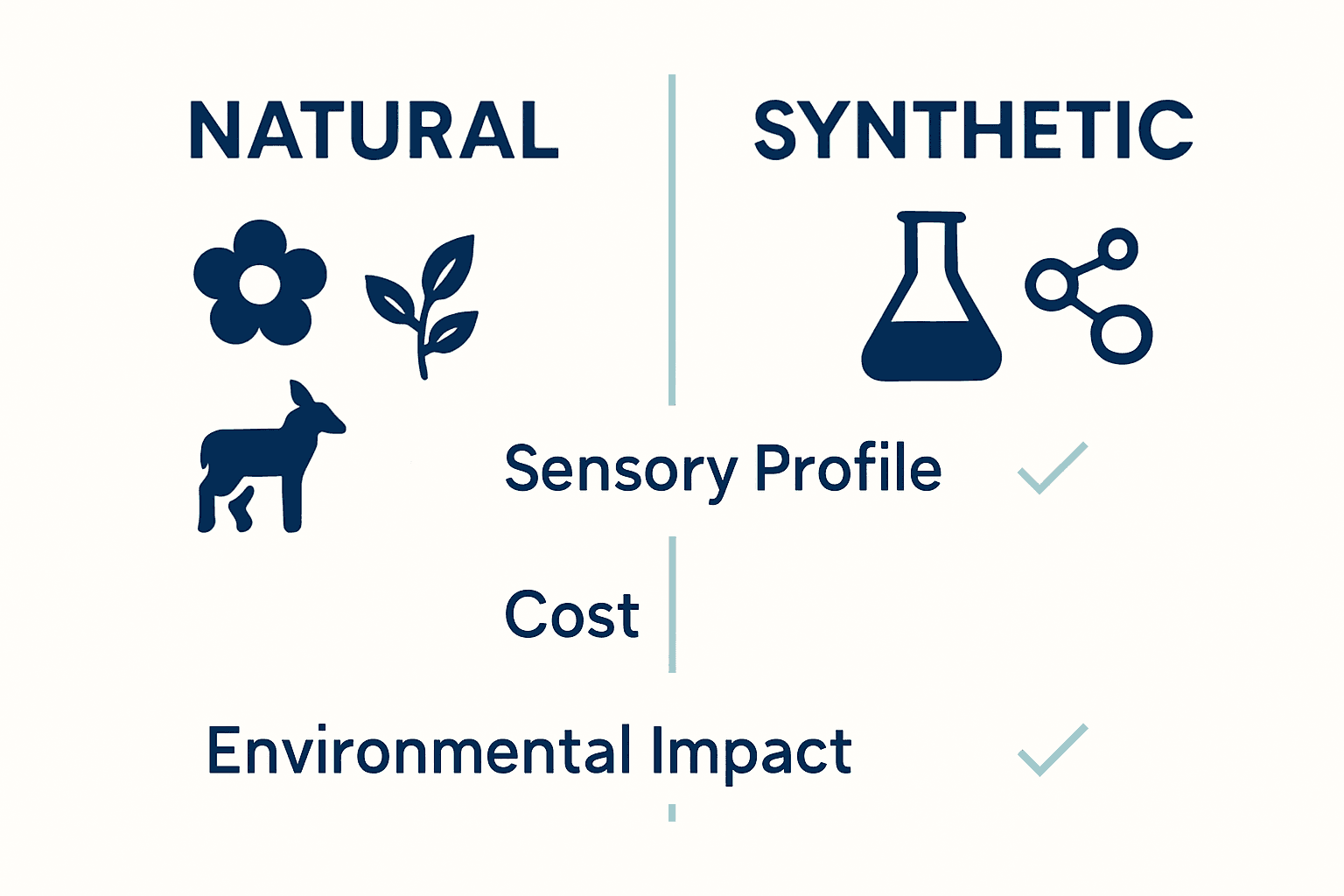
| Attribute | Natural Ingredients | Synthetic Ingredients |
|---|---|---|
| Source | Plants Flowers Animal products |
Laboratory-created molecules |
| Sensory Profile | Complex Multidimensional |
Versatile Highly customisable |
| Cost | High Variable |
Lower Predictable |
| Consistency | Variable Harvest-dependent |
Consistent Batch-to-batch |
| Environmental Impact | High if rare species used | Lower Conserves resources |
| Allergen Risk | Higher Potential sensitivities |
Lower Carefully formulated |
| Shelf Life | Shorter Prone to spoilage |
Longer Stable |
| Consumer Perception | Authentic Traditional Eco-friendly |
Innovative Safe Modern |
Sourcing and Quality Control Standards
In the intricate world of premium perfumery, sourcing and quality control are not just processes, but art forms that ensure each fragrance meets the highest standards of safety, purity, and sensory excellence. The global fragrance industry operates under rigorous frameworks designed to protect both consumers and the integrity of scent creation.
At the forefront of these standards stands the International Fragrance Association (IFRA), a pivotal organization that sets comprehensive guidelines for ingredient usage. IFRA’s critical role involves:
- Developing global fragrance safety standards
- Creating restricted substance lists
- Promoting responsible ingredient practices
- Ensuring worldwide consumer protection
Discover more about perfume selection techniques and understand the meticulous world of fragrance quality control. The Research Institute for Fragrance Materials (RIFM) complements IFRA’s work by conducting extensive scientific research in toxicology, dermatology, and environmental science. Their comprehensive studies establish foundational safety protocols that guide ingredient selection and formulation across the global perfume industry.
Quality control in premium perfumery extends beyond regulatory compliance. It encompasses sophisticated techniques like:
- Precise ingredient traceability
- Advanced chromatographic analysis
- Sensory evaluation by master perfumers
- Rigorous batch testing
- Sustainability and ethical sourcing verification
These multilayered standards ensure that every drop of perfume represents not just a scent, but a meticulously crafted, scientifically validated sensory experience.
Craftsmanship and Ingredient Blending Techniques
Perfume creation is an extraordinary fusion of scientific precision and artistic expression, where craftsmanship transforms raw ingredients into liquid poetry. The emergence of the slow fragrance movement has elevated perfumery from mere production to a profound narrative art form, prioritizing depth, authenticity, and meticulous technique over mass manufacturing.
Traditional extraction methods like enfleurage showcase the extraordinary dedication behind premium fragrances. This centuries-old technique involves:
- Delicately absorbing plant fragrances into fats
- Capturing extraordinarily nuanced aromatic profiles
- Producing highly concentrated fragrance absolutes
- Preserving the most delicate botanical essences
Learn more about fragrance composition techniques and explore the intricate world of perfume blending. Modern artisanal perfumers blend traditional craftsmanship with contemporary innovation, creating small-batch productions that tell complex sensory stories. Their approach emphasizes:
- Ethical ingredient sourcing
- Minimal processing
- Respect for botanical integrity
- Celebrating unique aromatic narratives
The art of ingredient blending requires an almost alchemical understanding of how different molecules interact. Perfumers meticulously layer ingredients, balancing top, heart, and base notes to create harmonious compositions that evolve beautifully on the skin - transforming fragrance from a simple scent into an immersive, emotional experience.
Benefits and Drawbacks of Premium Materials
Navigating the complex landscape of premium perfume ingredients requires a nuanced understanding of their multifaceted characteristics. Each material - whether natural or synthetic - brings a unique set of advantages and challenges to the delicate art of fragrance creation, presenting perfumers with intricate decision-making processes that balance sensory experience, cost, and sustainability.
Natural premium ingredients offer remarkable sensory complexity:
- Rich, multidimensional aromatic profiles
- Strong eco-friendly and authenticity appeal
- Deep connections to botanical origins
- Potential for unique, unreproducible scent experiences
However, these ingredients are not without significant drawbacks. Explore our comprehensive guide to perfume selection to understand the nuanced trade-offs. Natural materials present challenges including:
- Substantially higher procurement costs
- Inconsistent quality between harvests
- Potential allergen risks
- Complex sourcing and storage logistics
Synthetic ingredients, by contrast, provide remarkable technical advantages. They represent a strategic solution to many natural ingredient limitations, offering:
- Consistent, predictable molecular profiles
- Cost-effective production
- Reduced environmental strain on rare botanicals
- Enhanced stability and longevity in fragrances
Ultimately, the most sophisticated fragrances emerge from a thoughtful balance between natural authenticity and synthetic precision - a delicate orchestration that transforms mere scent into an immersive, emotional experience.
Elevate Your Fragrance Ritual with Authentic Premium Ingredients
Have you explored the intricate world of premium perfume ingredients and now feel inspired to fully experience this level of aromatic excellence for yourself? Many fragrance lovers face the challenge of accessing perfumes crafted with rare, high-quality ingredients without the prohibitive price tag. You deserve scents boasting sophisticated craftsmanship, meticulous blending of natural and synthetic elements, and European-quality standards—all without sacrificing value.
Discover our latest arrivals for a fresh take on luxury scents made accessible to all.
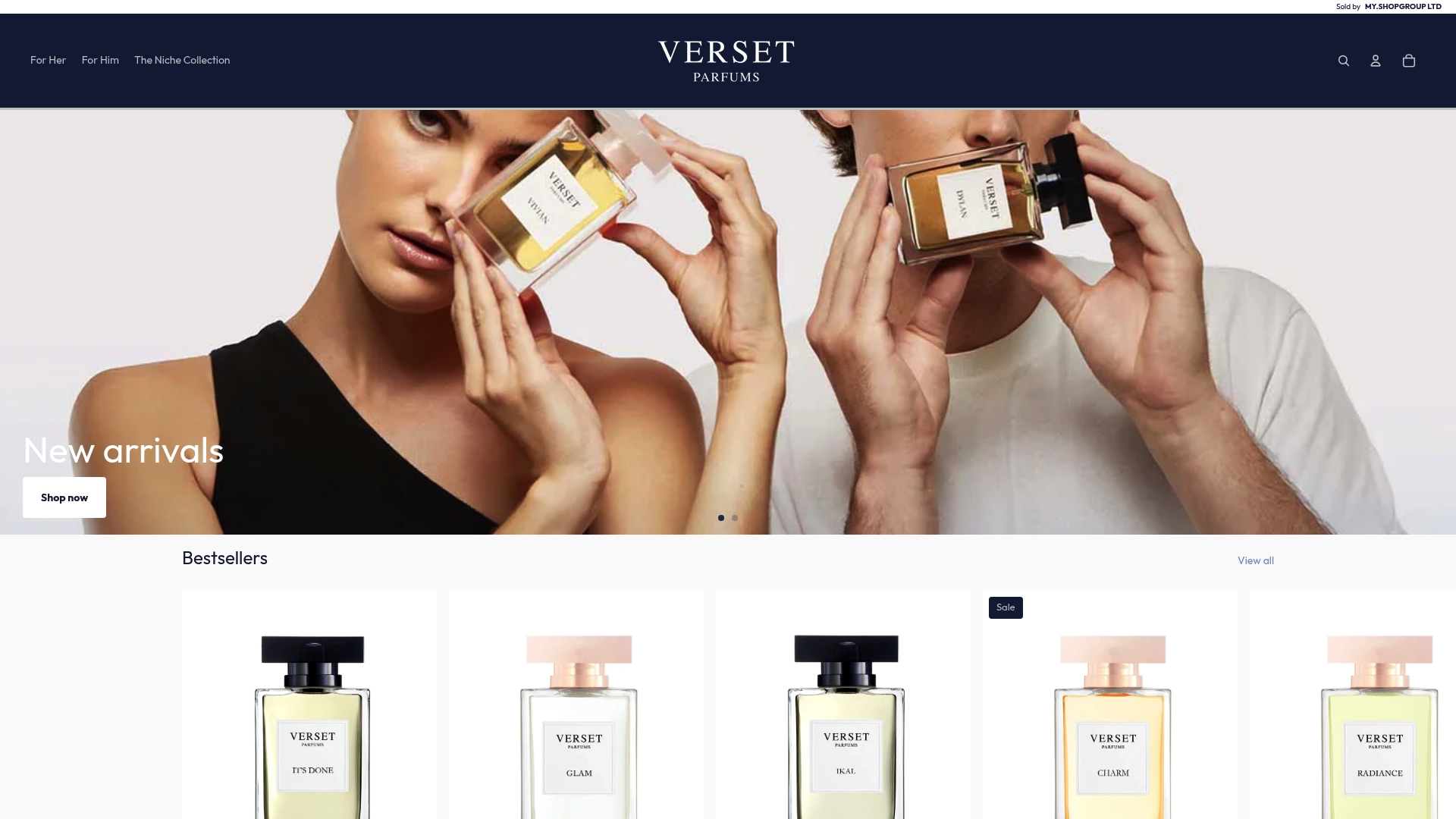
Step into a world where premium quality meets affordability. Browse Verset Parfums to explore expertly blended fragrances inspired by the world’s most prestigious perfume houses. Each scent is carefully crafted to deliver longevity, authenticity, and deep satisfaction. Experience the difference today by visiting https://versetparfums.shop, and let your senses be captivated by affordable luxury.
Frequently Asked Questions
What are premium ingredients in perfumes?
Premium ingredients in perfumes refer to rare and meticulously sourced materials that significantly enhance the scent profile of a fragrance, making it a luxurious and extraordinary sensory experience.
How do natural and synthetic ingredients compare in perfumes?
Natural ingredients are celebrated for their complex, authentic aromas and emotional connections, while synthetic ingredients offer consistency, lower costs, and creative flexibility. Modern perfumers often blend both to achieve high-quality fragrances.
What are some examples of premium perfume ingredients?
Examples of premium ingredients include oud, orris butter, and ambrette seeds, which can be extremely rare and command high prices due to their unique aromatic properties.
Why are sourcing and quality control important in perfumery?
Sourcing and quality control are crucial in perfumery to ensure that each ingredient meets high standards of safety, purity, and sensory quality, thus protecting both consumers and the integrity of the fragrance creation process.
Recommended
- 7 Examples of Fragrance Notes to Enhance Your Perfume Collection – VersetParfums.Shop
- Master How to Identify Fragrance Notes in Perfumes – VersetParfums.Shop
- Understanding the Role of Fragrance Notes in Perfumes – VersetParfums.Shop
- Understanding the Fragrance Shopping Guide for Everyone – VersetParfums.Shop

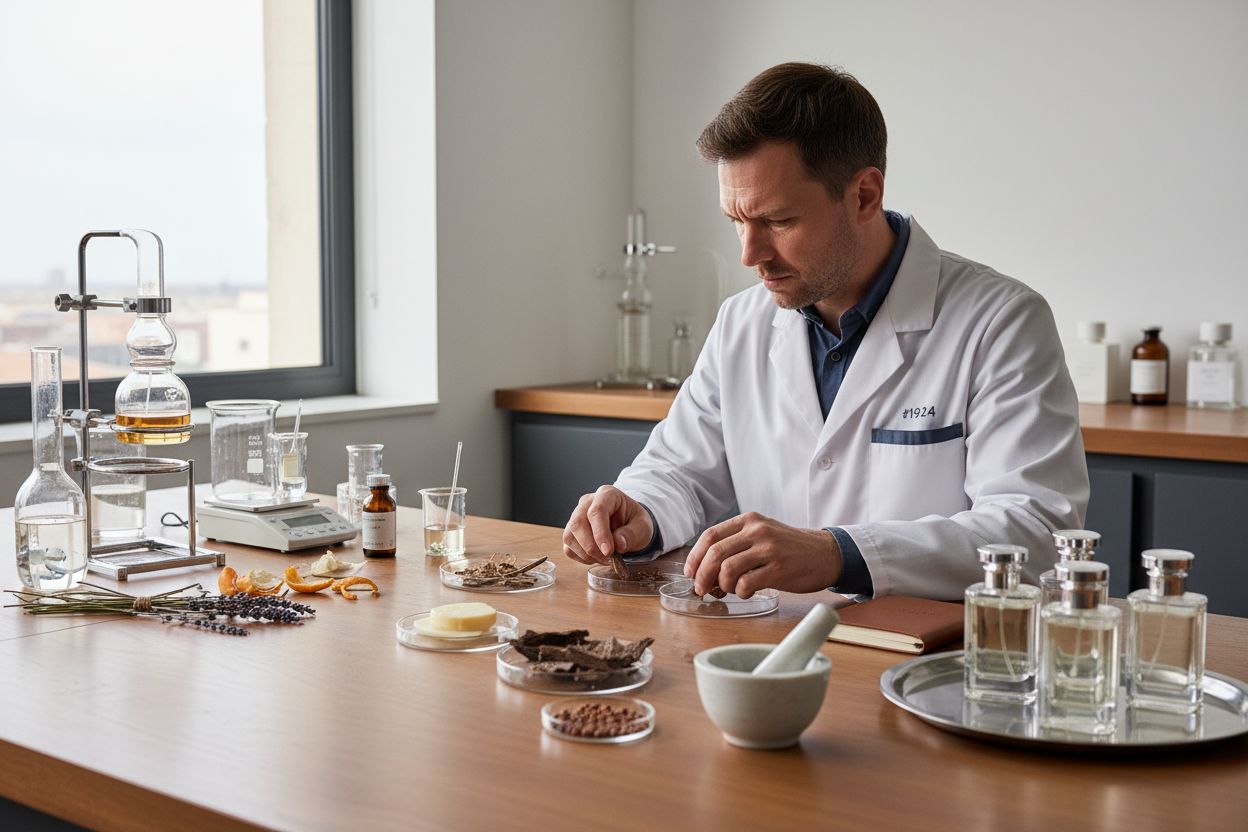
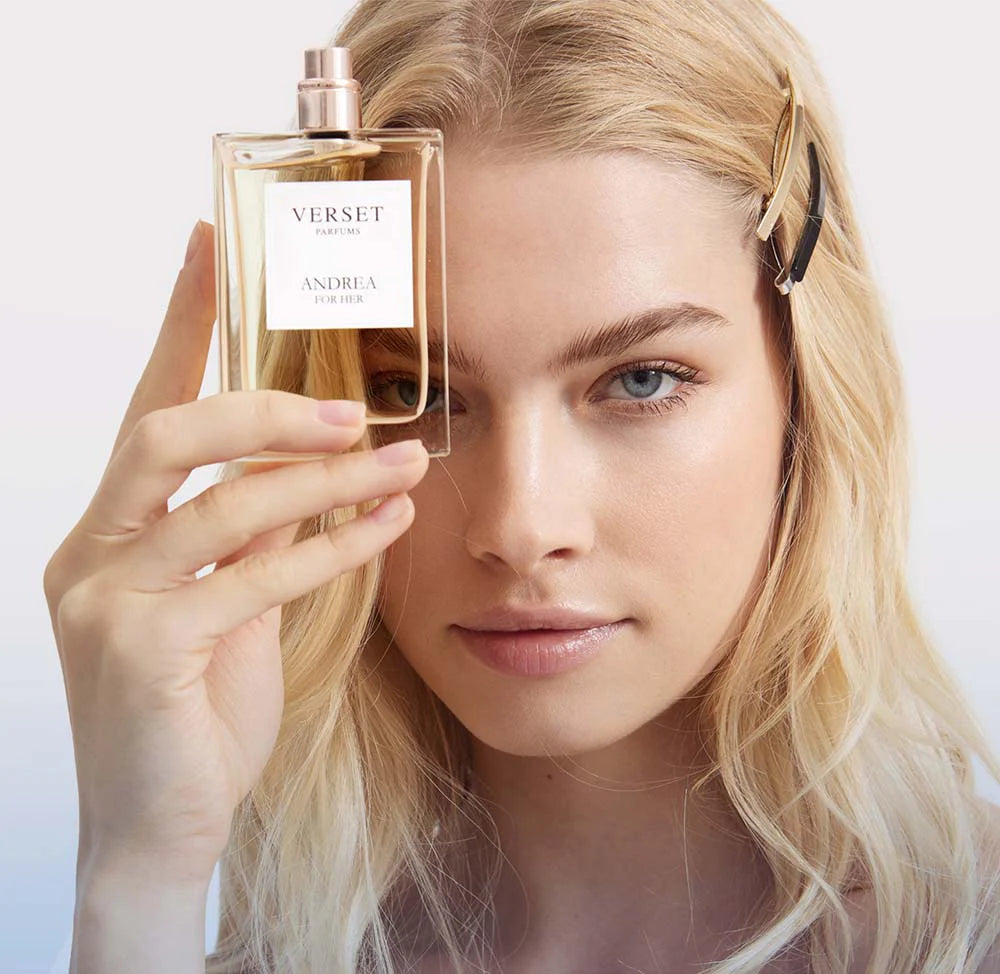
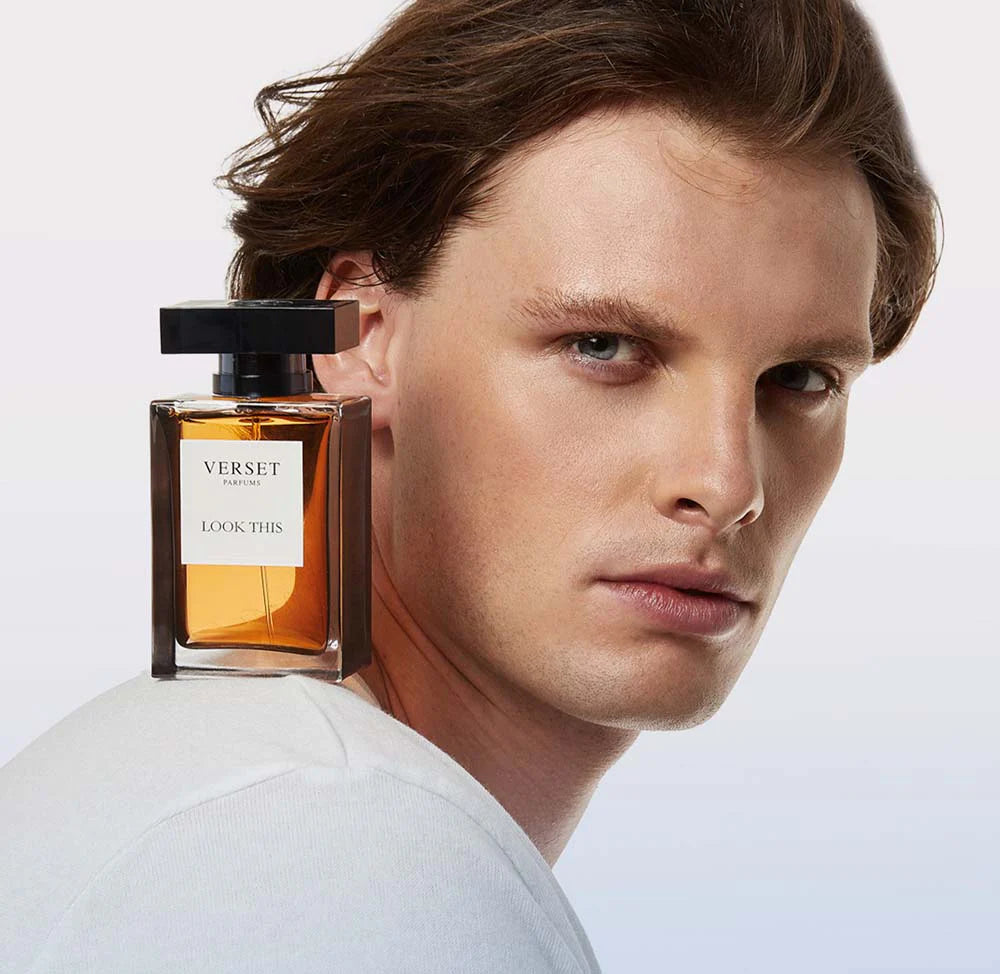
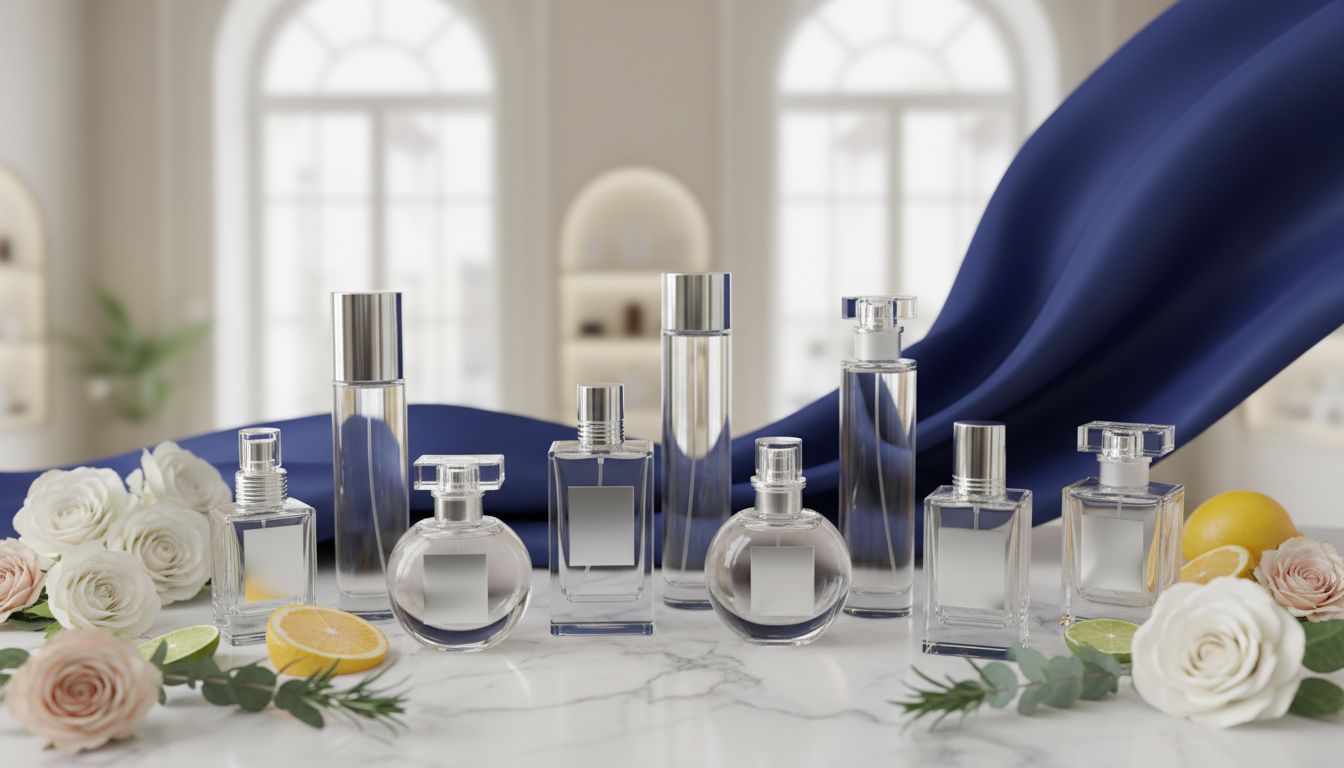

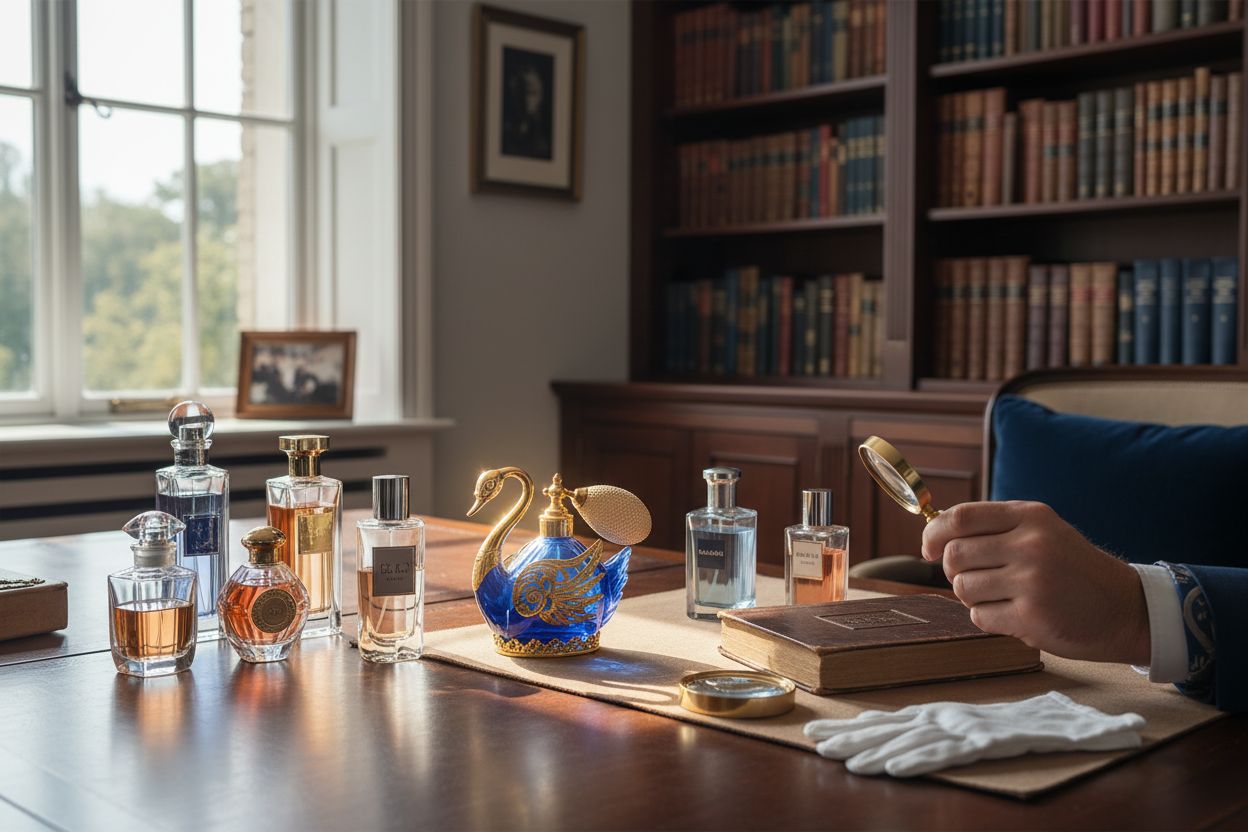
0 comments